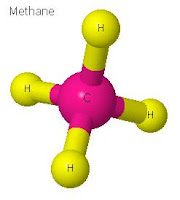Acids and Bases
Very Short Questions and Answers
Class 10 Science - Chemistry
Q1: What is an acid?
Answer: Acid is a compound which yields hydrogen ions (H⁺) or Hydronium (H₃O⁺) ions , when dissolved in water.
Q2: What is the pH value of acids?
Answer: Less than 7 (i.e. 0 to < 7)
Q3: What is the taste of acids?
Answer: Sour
Q4: What happens to blue litmus paper when it comes in contact with acid solution?
Answer: It turns into red.
Q5: On the basis of origin, how acids are classified as?
Answer: Organic acids and Mineral acids.

















